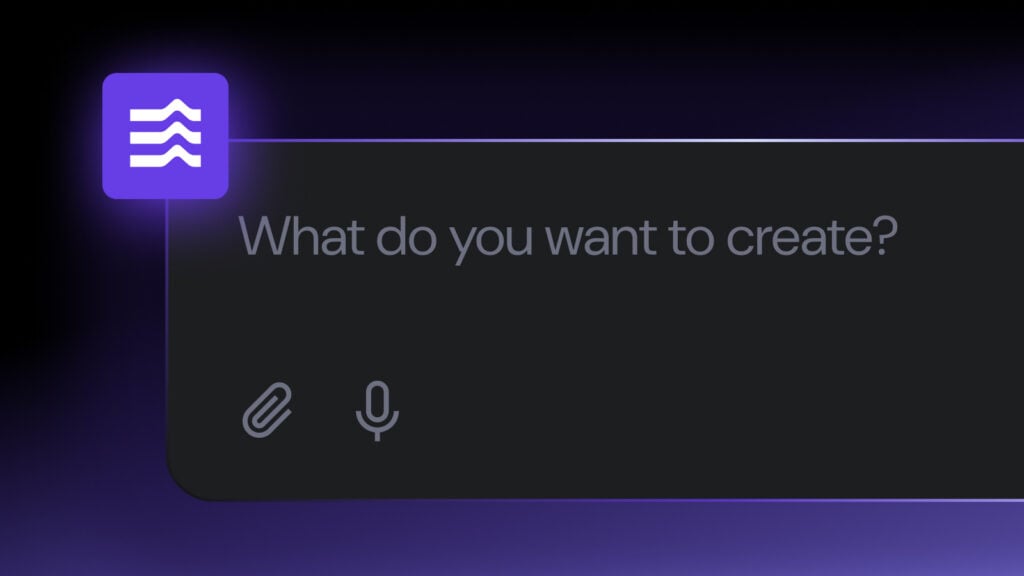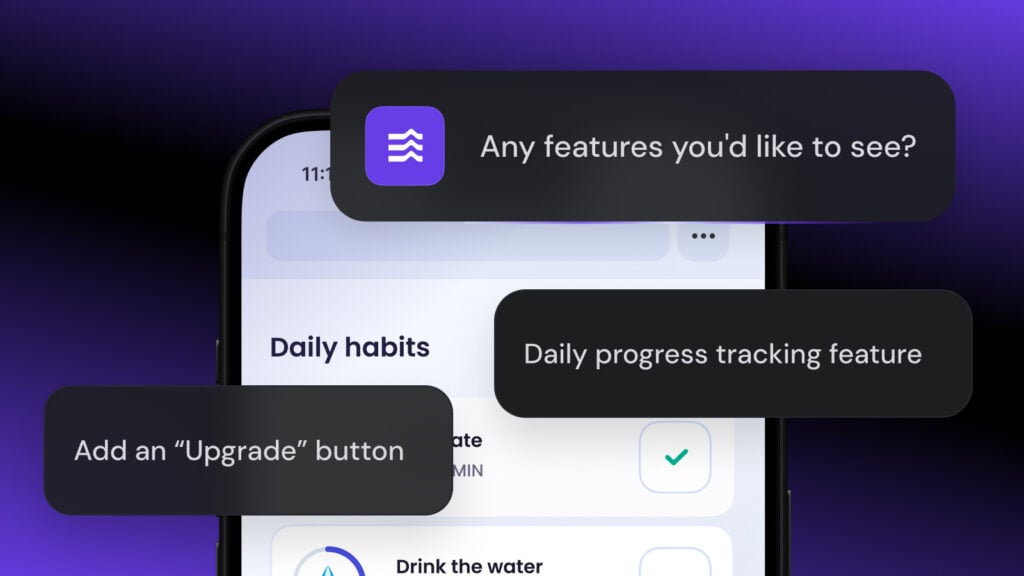19 top web development trends in 2025

Web development is constantly evolving to meet the demands of businesses and users alike. In 2025, we’re seeing significant shifts in the tools, trends, and technologies shaping how websites are built and maintained.
In this article, we highlight the top web development trends for 2025, offering key insights into the statistics and patterns driving the industry.
We’ll explore the growing role of AI in web creation, shifts in programming languages, and the latest changes in developer compensation, offering insights to help businesses improve efficiency, make informed technology decisions, and attract top talent.
Key web development trends for 2025
These key trends in web development will help you stay ahead of the curve and align with industry transitions:
- Over 80% of websites online are actually inactive.
- 5% of new websites were created entirely with AI tools this year.
- Only 14% of new websites are ecommerce platforms.
- 59% of website development is outsourced, giving businesses access to specialized expertise while reducing in-house team costs.
- 20% of websites face security vulnerabilities during development.
- Web developers in tech hubs like New York and California earn 20% more than those in other states.
- Rust developers earn 11.6% more than Python developers and 21% more than JavaScript developers.
- Only 21% of software engineers globally are women.
- Web application developers earn 13.5% less than mobile app developers.
- Web developers spend about 50% of their time debugging code.
General web development trends
In this section, we’ll explore essential trends shaping the future of website development and how they influence businesses’ ability to maintain a strong online presence.
1. Over 80% of websites on the internet are inactive
With 82.68% of websites inactive, businesses have a unique opportunity to stand out by keeping their sites active, secure, and relevant. This high rate of inactivity highlights a gap in online presence that businesses can leverage to capture attention and build trust with users.
2. By mid-2025, 2.5% of websites were published purely by using AI
2.5% of new websites this year were created entirely with AI tools. As these tools become more common, businesses are using them to speed up web development and automate content creation, among other things. This shift helps companies build websites more efficiently and scale their online presence with less effort.
3. Out of all new websites, only 14% are ecommerce stores
Only 14% of new websites are ecommerce platforms, indicating that most businesses prioritize content-driven sites. While many ecommerce statistics underline the growth of online shopping, this trend suggests companies are initially focusing on informational or service-based websites, with ecommerce integration often planned for later as their online presence expands.
4. 59% of website development is outsourced
As 59% of websites are developed by external agencies, businesses can access specialized expertise without the cost of maintaining in-house teams. Outsourcing offers flexibility, cost savings, and the ability to leverage the latest skills and technologies, allowing companies to stay competitive.
5. 20% of websites encounter security vulnerabilities during development
With 20% of websites facing security issues during development, you should prioritize robust security from the start. Addressing security early not only safeguards against breaches but also helps build trust with users, ensuring long-term protection for both reputation and data.
Web developer trends
Next, we’ll explore key trends affecting web developers, shedding light on the evolving roles, compensation shifts, and insights that businesses can use to make informed decisions about hiring and talent development in web development.
6. Web developers in tech hubs such as New York and California make 20% more compared to other states
Web developers in tech hubs like New York and California earn 20% more than their counterparts in other states. This wage difference is driven by higher demand for talent and a higher cost of living, meaning developers in these areas can expect better pay but also face a more competitive job market and living expenses.
7. Rust developers get paid 11.6% more than Python developers and 21% more than JavaScript developers
This pay gap highlights the increasing demand for Rust in high-performance, low-level programming, particularly for systems and network development. Developers skilled in Rust are now earning more than those proficient in other languages like Go and C++, which are also sought after for their efficiency in backend and systems programming.
8. Women make up 21% of software engineers on average worldwide
21% of software engineers globally are women, a percentage that highlights the ongoing gender gap in tech. While progress is being made, increasing female representation remains a key focus to foster diversity, innovation, and equal opportunities within the web development field.
9. Web application developers earn 13.5% less than mobile app developers
The growing wage discrepancy between web and mobile developers is largely due to the higher market demand for mobile development skills. Mobile apps often require optimization for multiple platforms and integration with device-specific features, increasing both complexity and cost. There’s also a clear premium placed on mobile developers with expertise in cross-platform tools like Flutter or React Native, which streamline app development for iOS and Android.
10. Web developers spend approximately 50% of their time debugging code
Web developers spend about 50% of their time debugging code, a significant challenge in maintaining clean, functional websites. According to a study by the National Institute of Standards and Technology (NIST), programming errors cost the U.S. economy around $59.5 billion annually. By adopting more efficient debugging tools and practices, businesses can reduce these costs, speed up development, and enhance the overall quality of their products.
Programming language trends among web developers
The programming languages used in web development directly impact how efficient and scalable applications are. Knowing which languages are on the rise allows developers and businesses to align their skills and tools with industry demands.
11. React remains the most popular framework, used by 41.6% of web developers
41.6% of web developers use React, making it the top front-end framework. React’s efficiency in creating dynamic user interfaces and its large community of developers contribute to its popularity, making it a go-to choice for modern web development.
12. Node.js is growing in popularity, with 44.2% of coders choosing it
44.2% of people learning to code choose Node.js, reflecting its growing adoption for building scalable and fast web applications. Node.js lets developers use JavaScript on both the client and server side, making it a powerful choice for full-stack development.
13. Human-edited AI code powers 71.7% of new websites
71.7% of new websites are built using a combination of human-edited and AI-generated code. As AI tools assist developers in generating code faster, they significantly speed up the development process while still relying on human expertise for customization and quality control.
14. Web developer employment is projected to grow by 16% from 2022 to 2032
Web developer jobs are expected to grow by 16% over the next decade, nearly double the average growth rate for all occupations. This rapid growth reflects the ongoing demand for websites, applications, and digital services across industries.
Technological trends in web development
Advancements in web development technologies are transforming how websites are built and optimized. Staying informed about these shifts helps businesses leverage new tools for improved performance and user experience.
15. Only 10% of the top 1 million websites are custom-built without a CMS
Only 10% of the top 1 million websites are custom-built without a content management system (CMS), showing that most businesses prefer the ease and flexibility of content management systems like WordPress. This suggests that most favor ready-made solutions for fast development and management, while custom-built websites remain a niche investment.
16. Only 59% of all code online is generated by humans
Currently, only 59% of code is generated by humans, reflecting the growing role of automation in software development. As AI tools become more advanced, they are increasingly taking over routine coding tasks, allowing developers to focus on more strategic and complex aspects of their work.
17. Websites that load in under 2.5 seconds see an average increase of 15% in conversion rates
Websites that load in under 2.5 seconds experience an average 15% boost in conversion rates. Fast load times directly impact user experience, driving higher engagement and improving the likelihood that visitors will take action, such as making a purchase or signing up for a service. Luckily, there are easy ways to test your website’s speed and make the necessary improvements.
18. Developers wrote 256 billion lines of code in 2024, with the number expected to reach 600 billion in 2025
In 2024, developers wrote 256 billion lines of code, and this number is projected to reach 600 billion in 2025. This surge reflects the rising demand for software, accelerated by AI’s role in streamlining development and boosting productivity.
19. By 2026, 90% of code is expected to be written by AI
By 2026, 90% of all code is predicted to be generated by AI, indicating a dramatic shift in how software is developed. As per the findings of our AI statistics report, it’s expected that AI will take over routine coding tasks, allowing developers to focus on more strategic aspects like problem-solving, design, and innovation.
Conclusion
Rapid innovation, automation, and a focus on scalability are reshaping web development as we head into 2026
AI tools are speeding up code generation, and businesses now demand faster, more efficient websites. The traditional development timeline is shrinking, with AI cutting months of work down to weeks. Developers who integrate AI into their workflow will build websites faster and more effectively, while those who stick to manual coding will fall behind.
It’s clear: adapting to these changes isn’t optional – it’s necessary to meet the demands of the modern web development industry.
Sources
- Exploding Topics
- Ahrefs
- Statista
- ZipRecruiter
- CareerFoundry
- AIPRM
- Dev.to
- MoldStud
- Survey StackOverflow
- BLS.gov
- Reboot Online
- EliteBrains
- Keevee
- Business Insider
All of the tutorial content on this website is subject to Hostinger's rigorous editorial standards and values.


